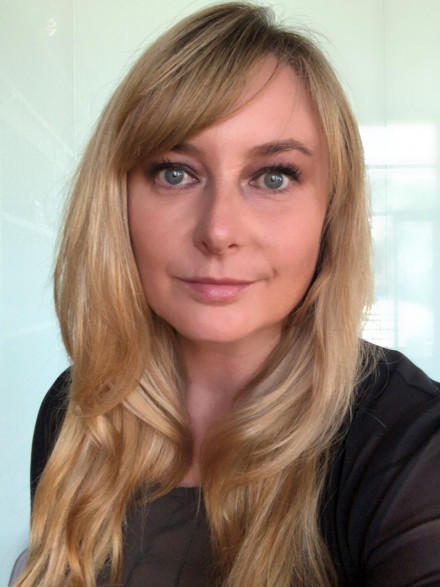In Australia, an average of five women are diagnosed with ovarian cancer each day. Ovarian cancer has a lower survival rate than other forms of the disease because diagnoses often come too late for effective treatment.
An international team of medical and computing experts is developing a diagnostic tool based upon detecting biomarkers—biological properties that can be objectively measured to make clinical assessments.
First, medical experts identified candidate biomarkers of early-stage, serious ovarian cancer through retrospective case-control studies and developed technologies to measure them.
Next, computer scientists led by Professor Amanda Barnard and Professor Hanna Suominen of the ANU School of Computing gave evidence of machine learning that is powerful and accurate enough to screen asymptomatic individuals for these biomarkers.

“The role of computer scientists is to evaluate how well the candidate biomarkers work in classifying the measurements to ovarian cancer categories of, e.g., no cancer vs. stages I-IV from the least to most severe cancer,” Suominen said.
“In this way, computing can support the discovery workflows from a large set of candidate biomarkers and their combinations.”
Medical practitioners have long used mathematical equations based on known variables to diagnose and predict disease.

“Traditionally we’ve needed to know the structure of those equations in advance. Meaning we need to roughly know what the answer might be before we begin,” said Barnard.
“Machine learning enables us to develop the structure of the equation and solve it at the same time, which speeds up the process and doesn’t depend as much on prior knowledge.”
This data-led approach could potentially become a first-line test for population screening. Barnard believes it demonstrates the power of applying machine learning to public health.
Will computers replace doctors in making clinical diagnoses?
Not at all, said ANU alumni Weitong Huang, who graduated with a Bachelor of Software Engineering (Honours) in 2021 before joining Barnard’s research team.
“Doctors will make the final diagnostic calls,” he said.
Screening results generated from machine models will be presented to doctors in ways that speak directly to medical science. The results will make plain, for example, how much each variable contributed to a preliminary diagnosis.
“So, when doctors look at it, they can make a judgement based on their domain expertise to tell whether the diagnosis made by the model is trustworthy or not, and then make the clinical decision,” Huang said.
Huang stresses that they don’t envision machine learning predicting the future. Their goal is to support prevention and early detection for people who may have the disease but haven’t yet shown symptoms.
“With a stage I or II cancer diagnosis, the survival rate of patients is significantly higher compared to those in advanced stages,” Huang said.
The potentially life-saving discovery has broad implications for both health sciences and computer science and was led by the University of Queensland with ANU and the University College London as participating institutions. It was funded by Australia’s Commonwealth Dept of Health via Medical Research Future Fund (MRFF) and achieved thanks to integral contributions by the Centre for Clinical Research, the Medical Research Council Clinical Trials Unit, and the National University of Singapore Department of Obstetrics & Gynaecology.
Suominen said she grateful for the many contributions of her collaborators and passionate about “bringing people together across disciplines, professions, and areas of expertise to co-create technologies that will accelerate discovery processes in medical research and translate to improving health and healthcare.”
“I live for accelerating health impact by bringing personalised zmedicine technologies to bear,” she said.

